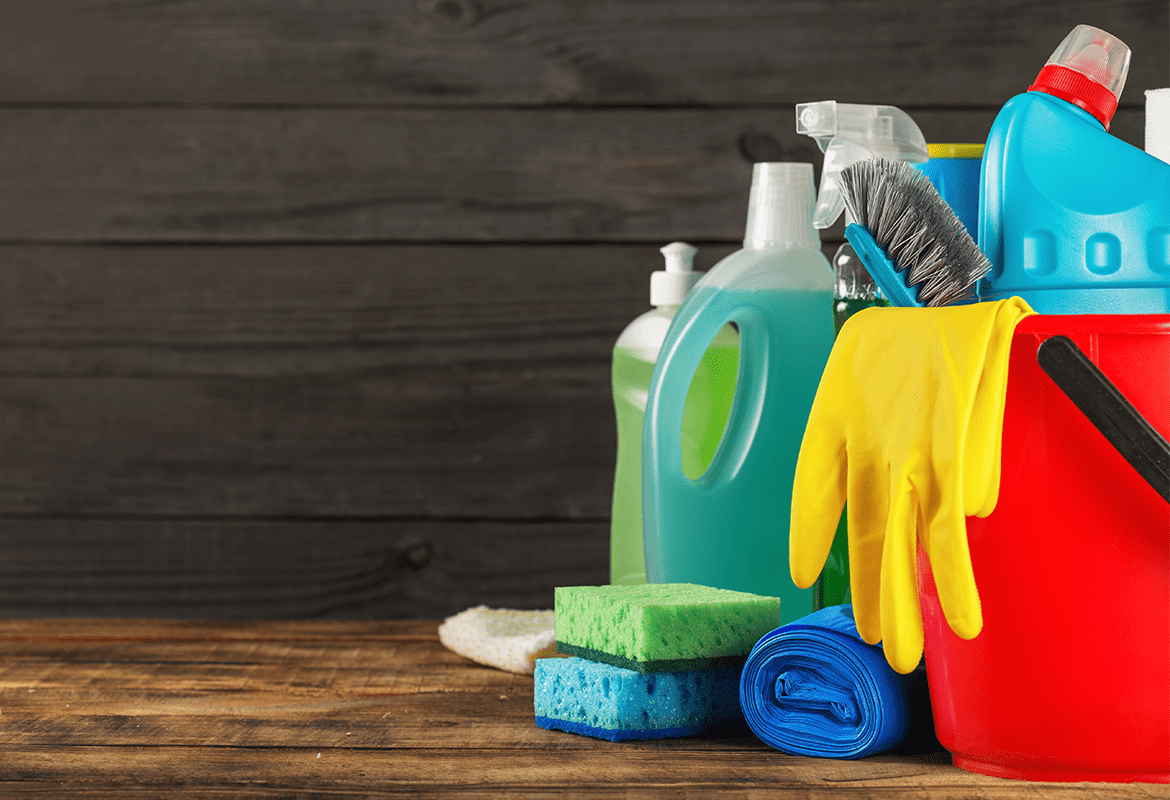Home > Insurance Blog > Getting the details right at move out
Getting the details right at move out
Posted by Sedgwick’s temporary housing division on 

Your policyholders have been living in temporary housing for a few months while contractors make repairs on their home. It’s been a trying time for them because property loss is always stressful. A policyholder’s last impression of the claims process is being formed when they’re moving out of Sedgwick’s temporary housing division and back into their refurbished home. Handling the move-out process can be tricky because there are many moving parts. Furniture pickups, cleanings, and key returns need to happen exactly on schedule to avoid additional fees. This is why Sedgwick’s temporary housing division has a dedicated move-out team to provide support to adjusters, landlords, and policyholders during this process. Our Housing Support Specialists are trained to guide policyholders through the move-out process with organization and care. Providing perfectly-timed notifications when notice to vacate is approaching gives policyholders and adjusters the needed time to determine if lease extensions will be necessary before landlords begin looking for new tenants. Our team is also trained to negotiate extension terms with landlords to prevent going over a policyholder’s loss of use budget. Getting the move out perfect takes practice, but you can trust TA to get it right every time.
5 steps to the perfect move out:
1. Use a checklist
Most apartments and vacation rentals will supply you with a move-in/move-out checklist. This is often the same checklist managers use when inspecting a unit post-move-out. Walk through your new home before moving furniture in and look for any damage to the interior and exterior. Take pictures with your smartphone and save them in a specific album on your phone so they’re easy to find. It’s a good idea to make note of any preexisting damages and report them to the landlord.
2. Read your lease
Many tenants never actually read their lease, or if they do it’s only at a glance. Lease agreements are required to explain what deductions can be made to your security deposit before it is returned. Many places will require professional carpet cleaning, but you can rent professional carpet cleaning equipment from most grocery or home improvement stores. Some leases will be generic and allow the landlord to withhold your deposit for anything “beyond normal wear and tear,” while other leases are specific in what you would be charged for. In California, the only reason a landlord can withhold rent is for unpaid rent, cleaning, damage repair or furniture replacement. In New York, these deductions have to be reported to the tenant at a reasonable time. Most deposit refunds are returned within thirty days of move out.
3. Clean
Make sure to clean everything, yes, everything. There’s the obvious: vacuum, mop, dust, and sweep, but tenants moving out should also make the exterior of the home look presentable. Don’t forget to clean out the fridge, bleach the bathroom grout, and vacuum exhaust fans. Take out screws or nails and putty the holes. Most homeowners keep a small can of paint in the bathroom or garage for patching walls. If you keep your rental clean while you live there you will have a lot less work to do getting the home ready to move out.
4. Turn off utilities
If your utilities were not included in your rent you will need to make sure the services are turned off before moving out. Any utility charges the landlord receives before your lease end date could be deducted from your security deposit. Make sure not to leave the air conditioning running, turn off all the water and electricity.
5. Inspect
Request a move-out inspection with management or your landlord. Ask them to walk through the home and make note of anything you may have missed. In your lease, a specific time should be listed to move out to be completed. Try scheduling a move-out inspection well before this time.
Filed Under: Rental Property Management, Temporary Housing | Tagged With: Landlords, Move-out Tips, Renters, Short-term Leases, Temporary Housing
New Housing Request
Submit a new housing request and our team will notify you of housing options in your area!
Customer Reviews
MM
The staff members are compassionate, understanding, concerned

They are the most patient understanding people

Everyone I spoke with was able to give me direct and exact information.
ND
She handled everything for my family's accommodations and my dogs as well.

After catastrophic water and mold damage to my home, I needed to be relocated as soon as possible.
CC
I really cannot say enough good things
TS
Huge Kudos to Haleigh Shuler at Temporary Accommodations for her work

I highly recommend using them for any housing needs.

I highly recommend them!

Thanks so much Temporary Accommodations!
Temporary Accommodations is now Sedgwick. Read more here or Visit Sedgwick.OK